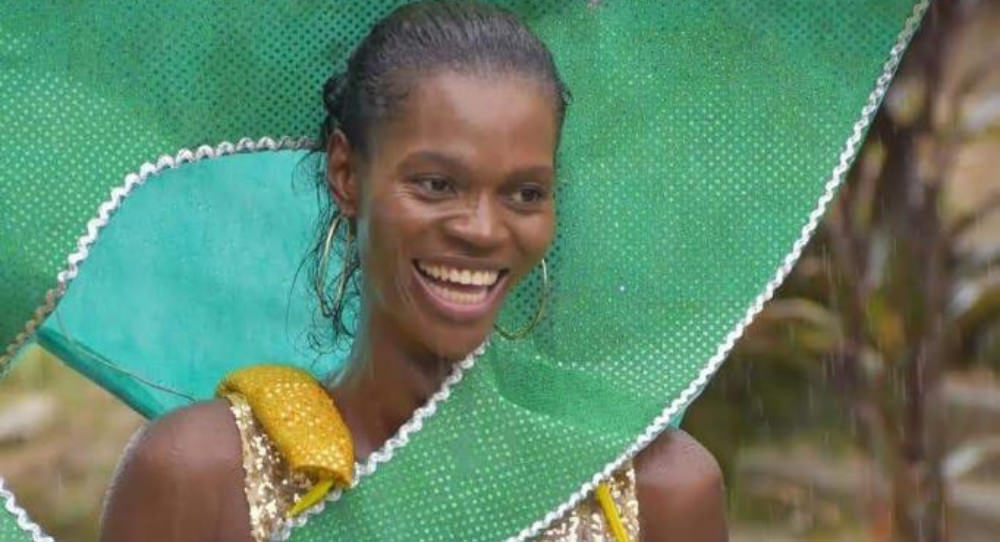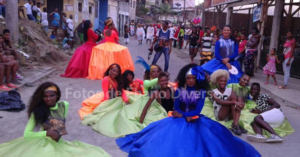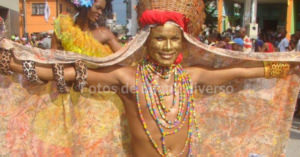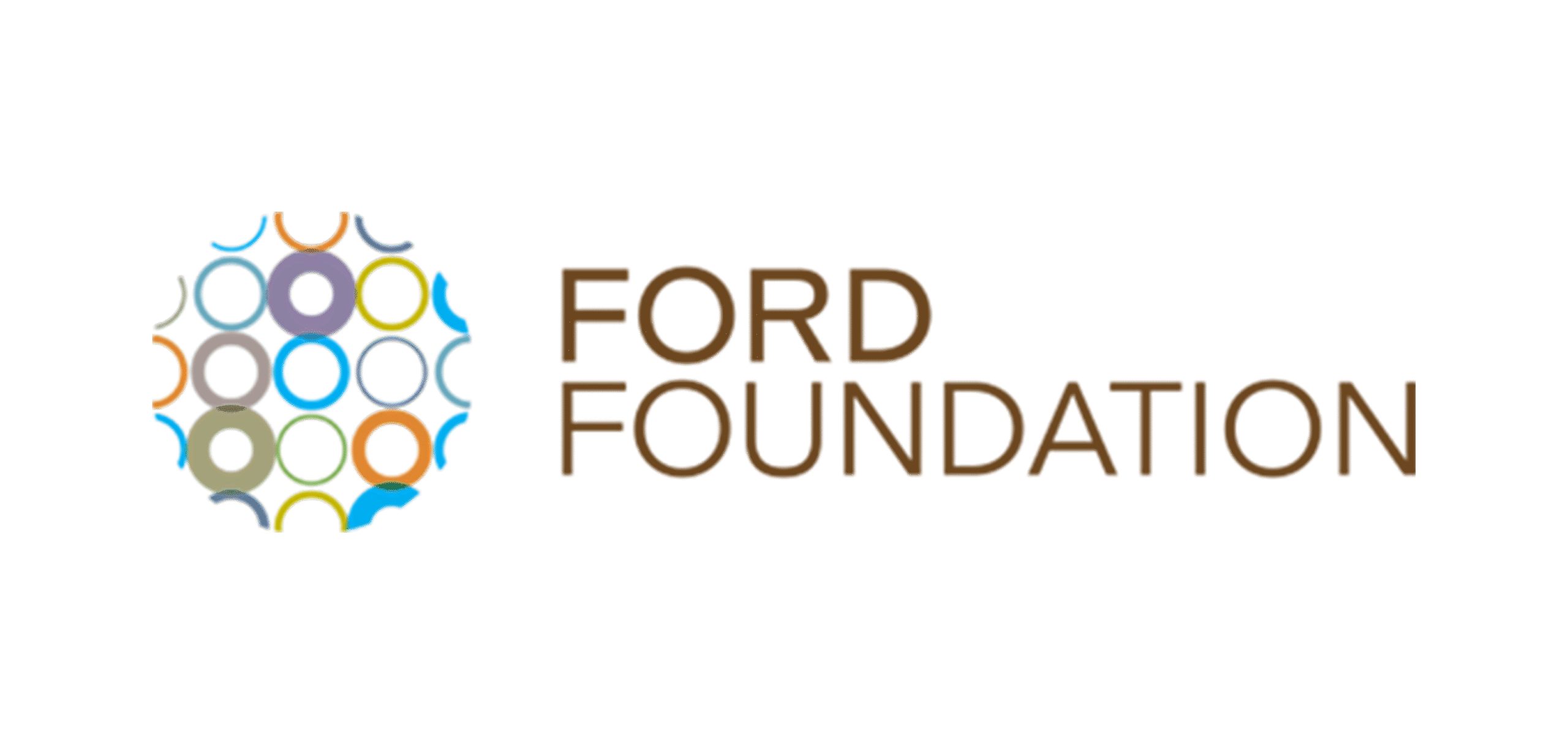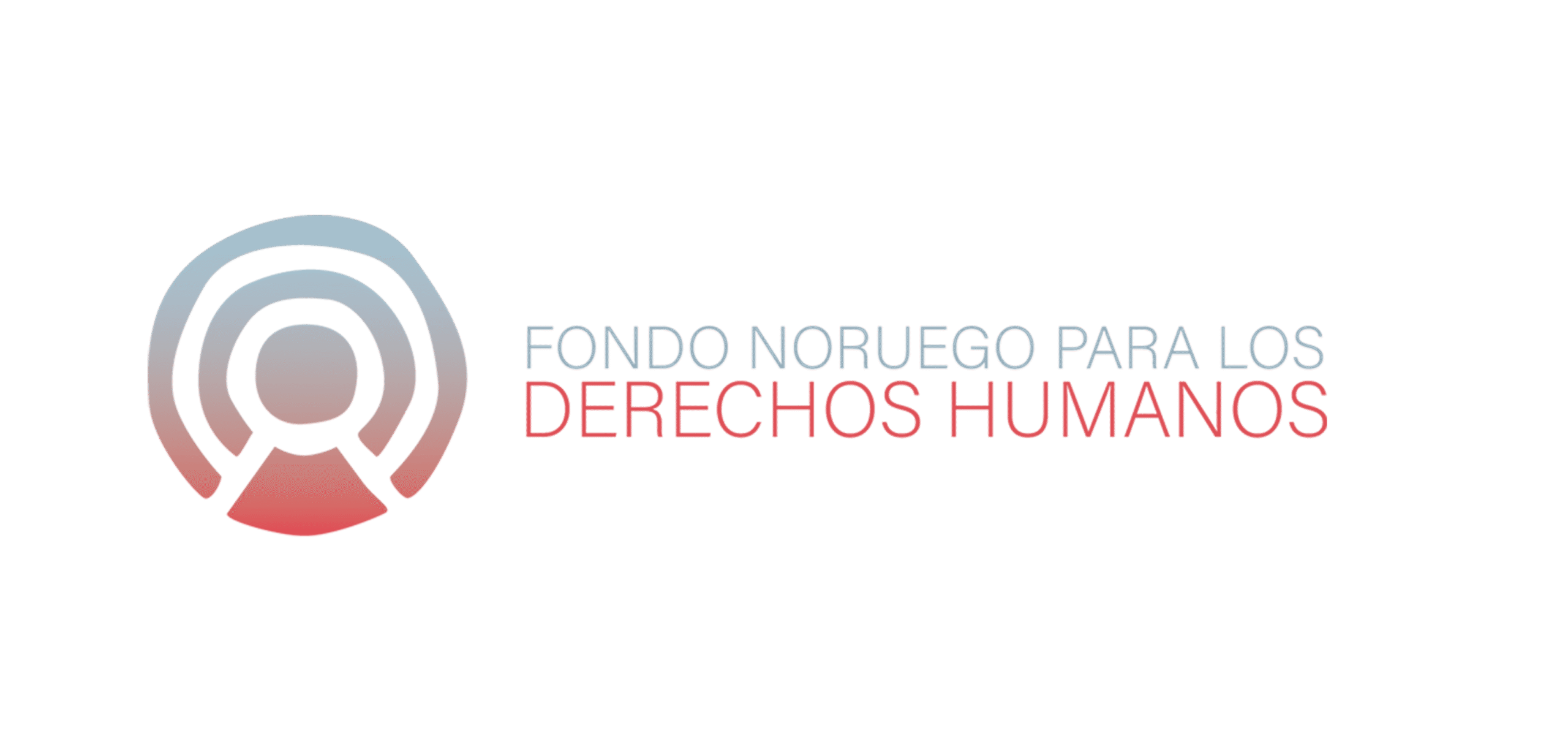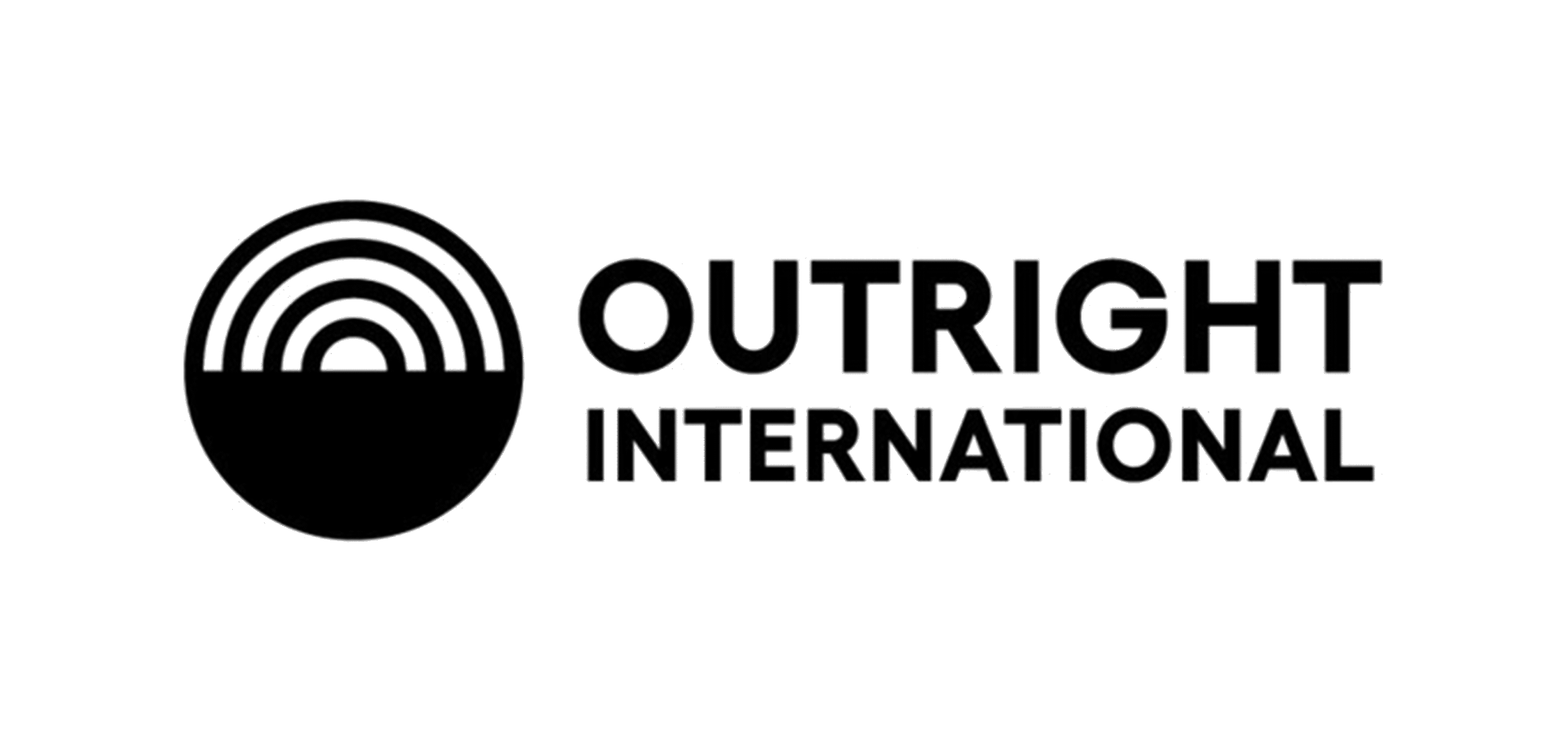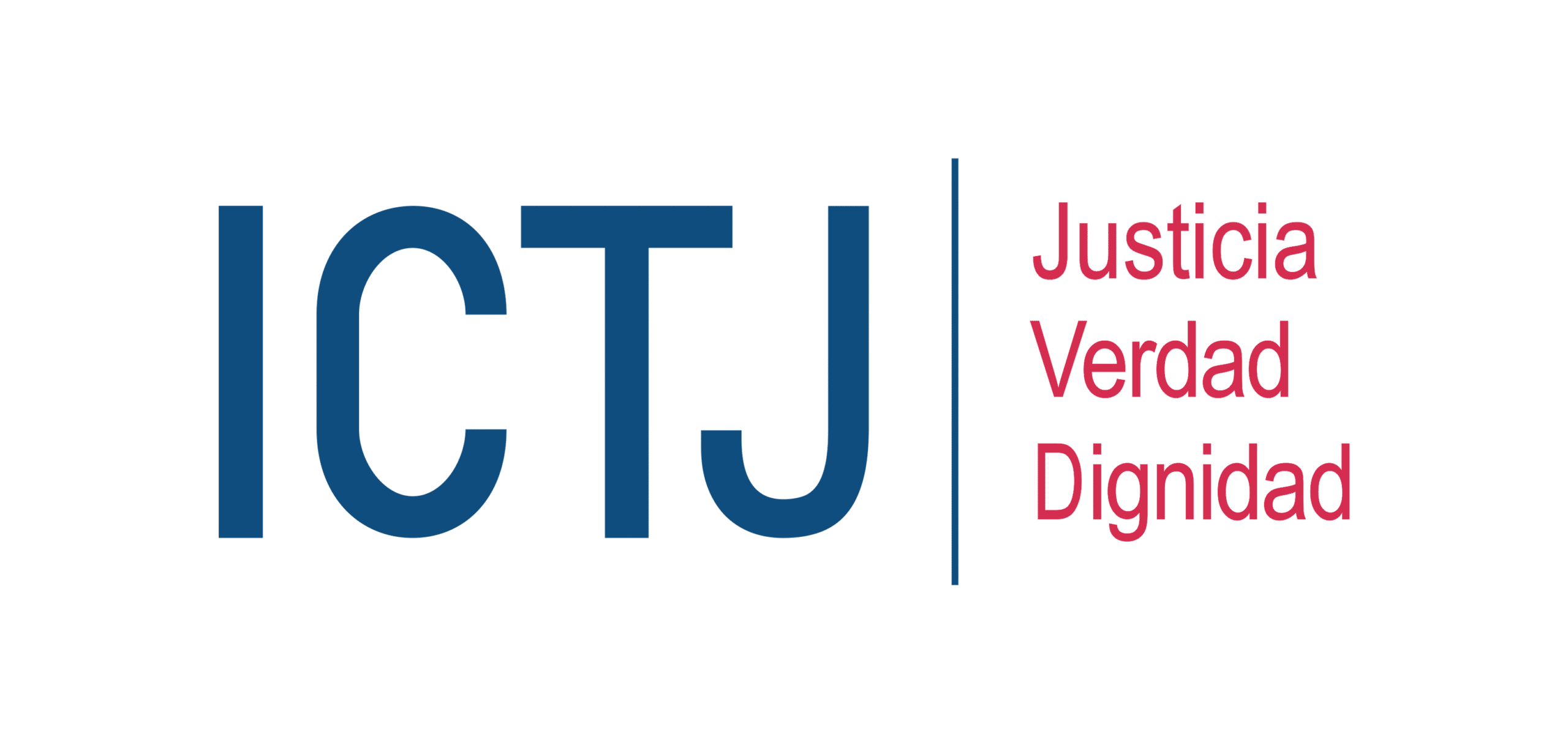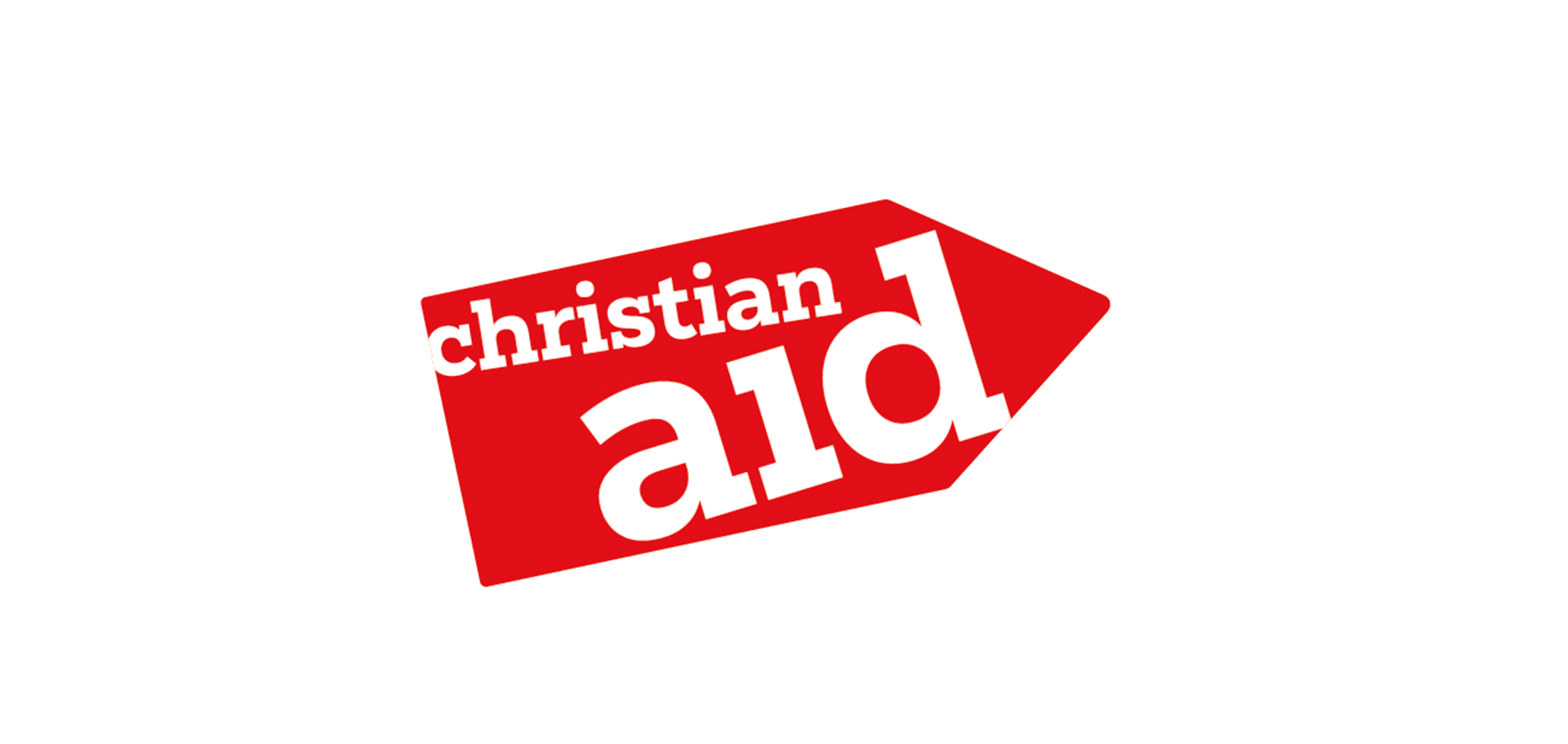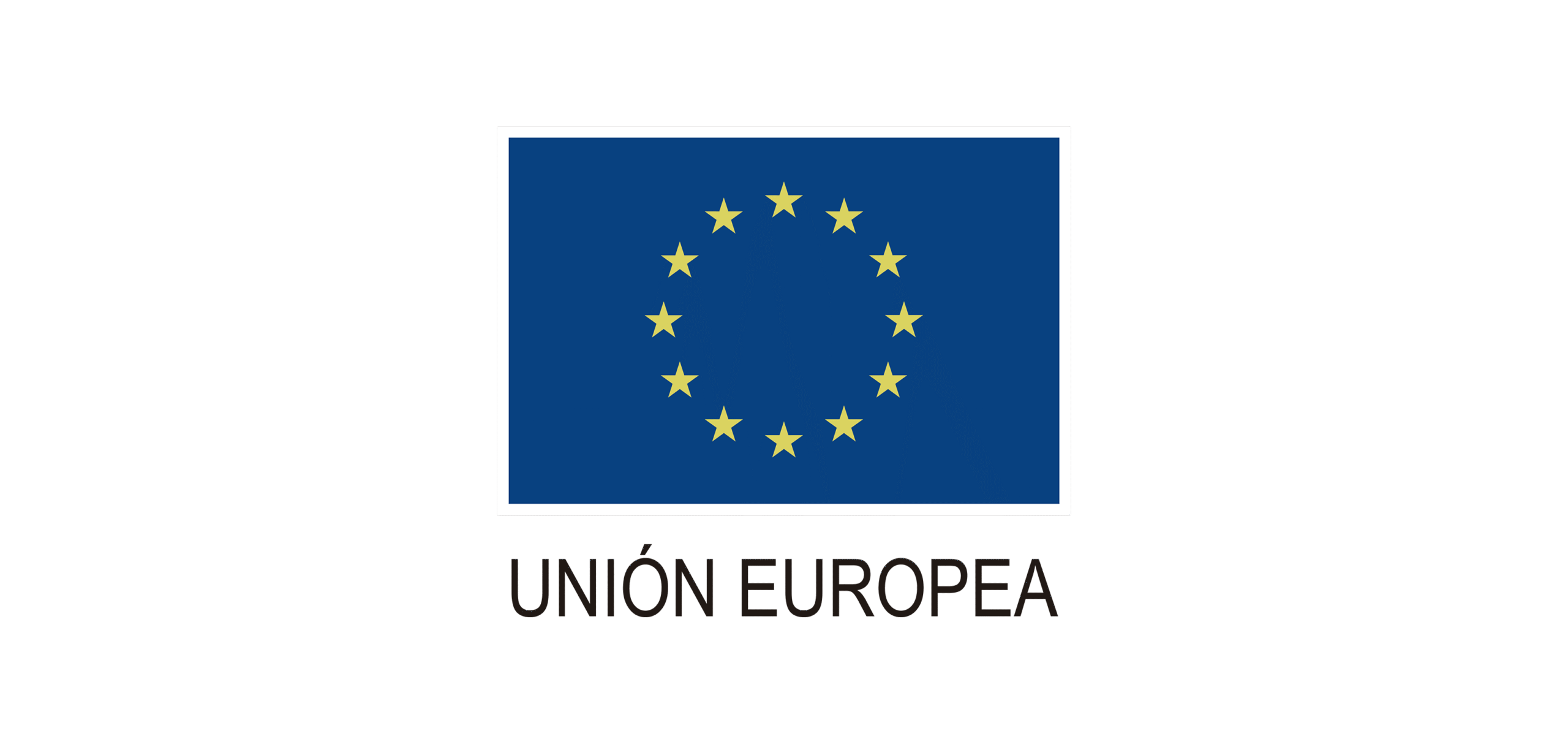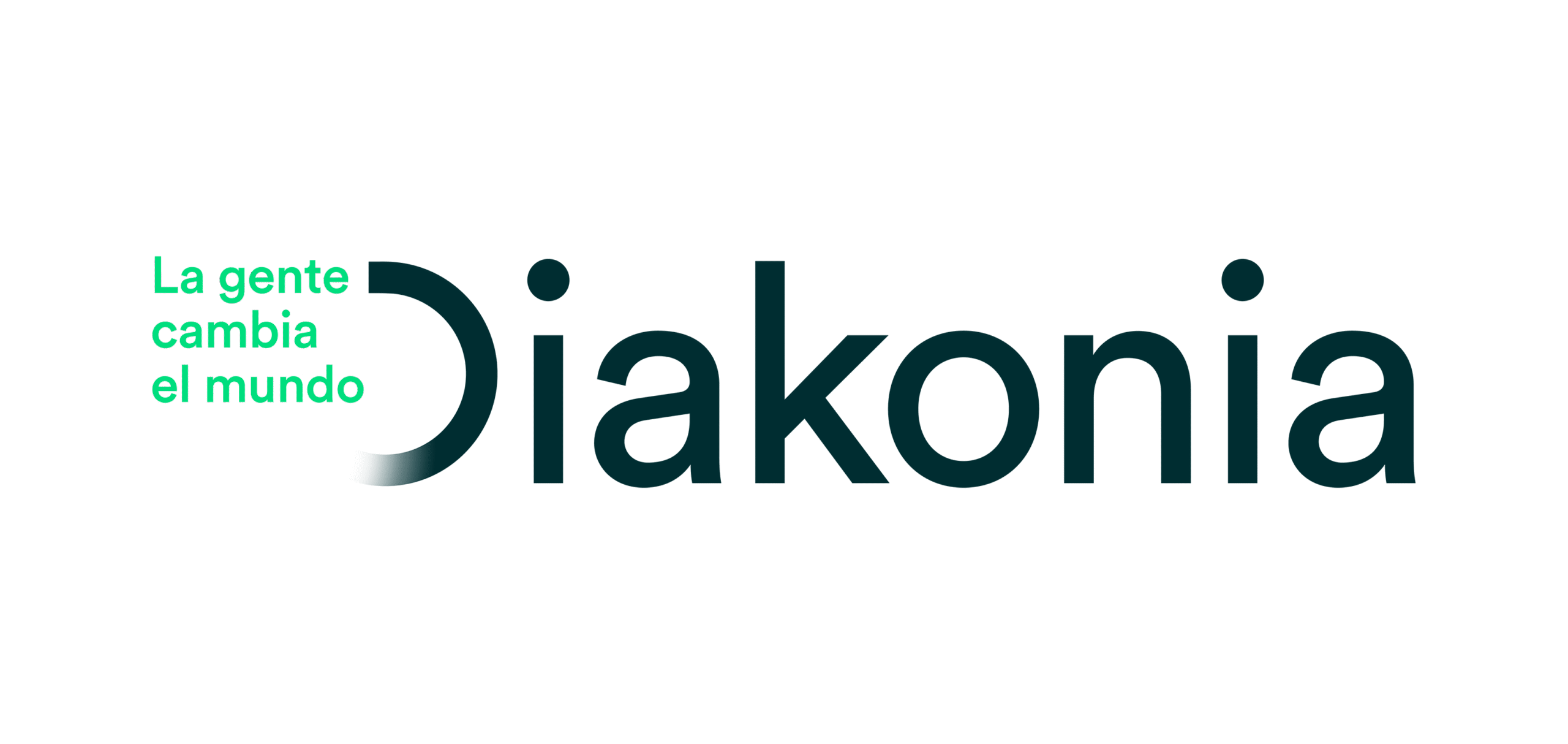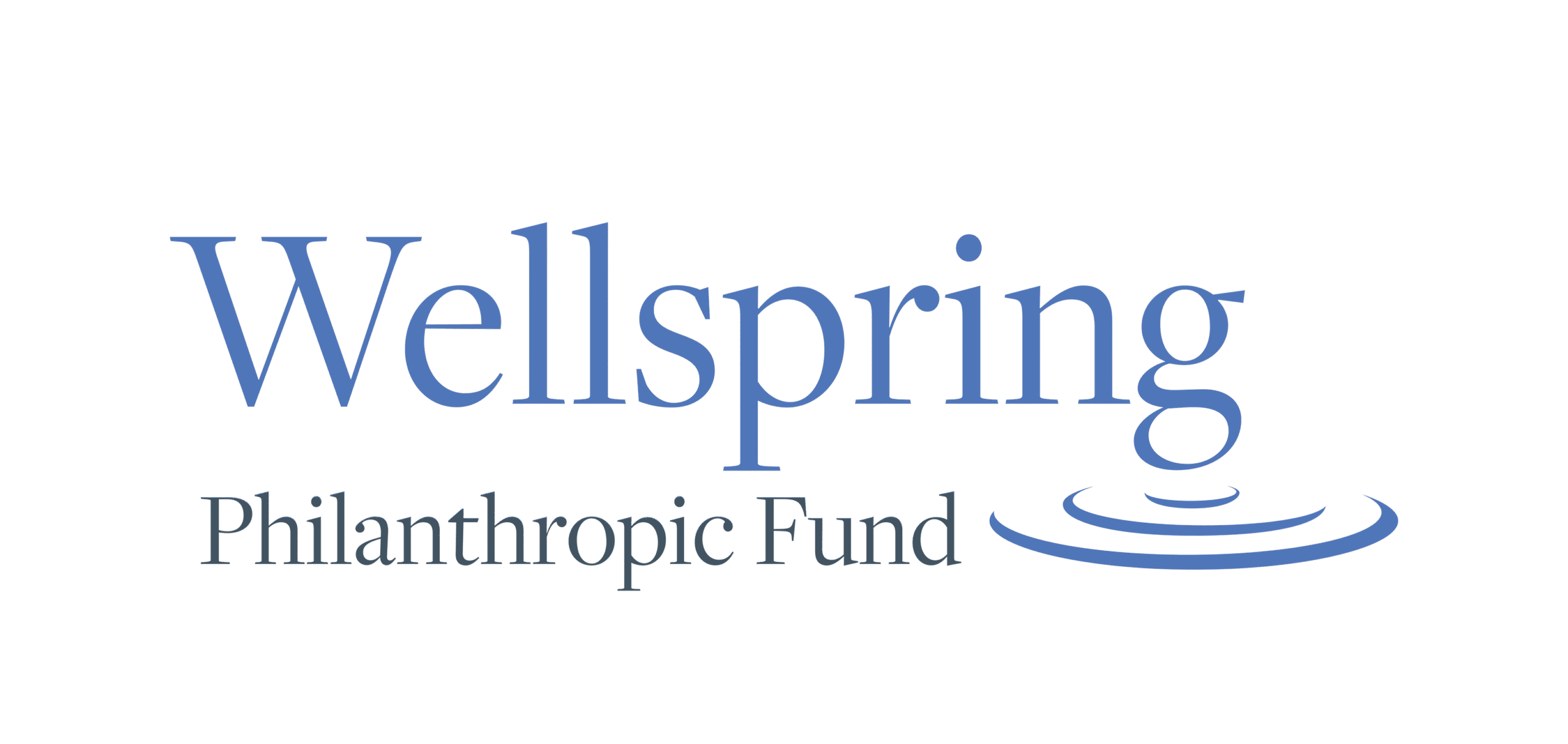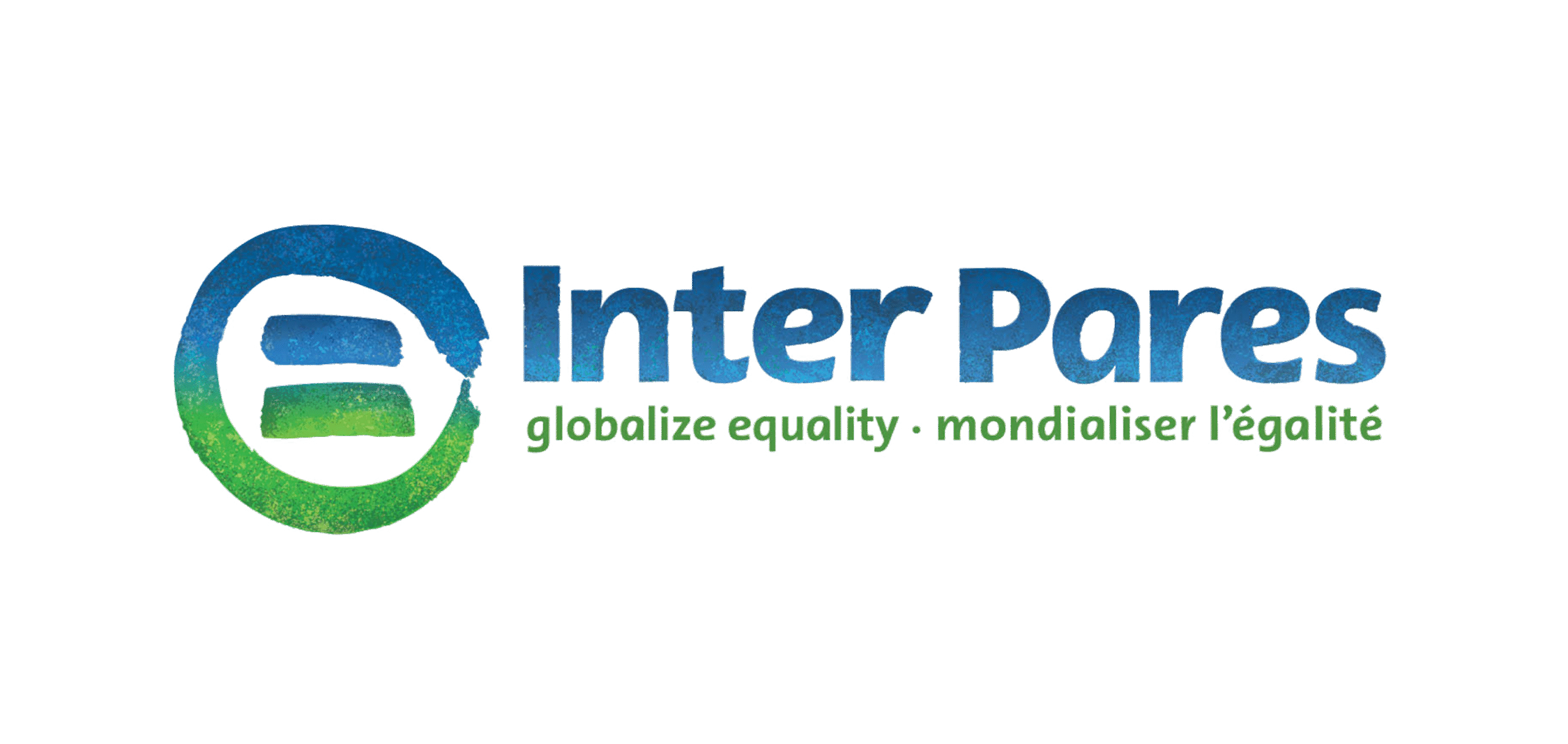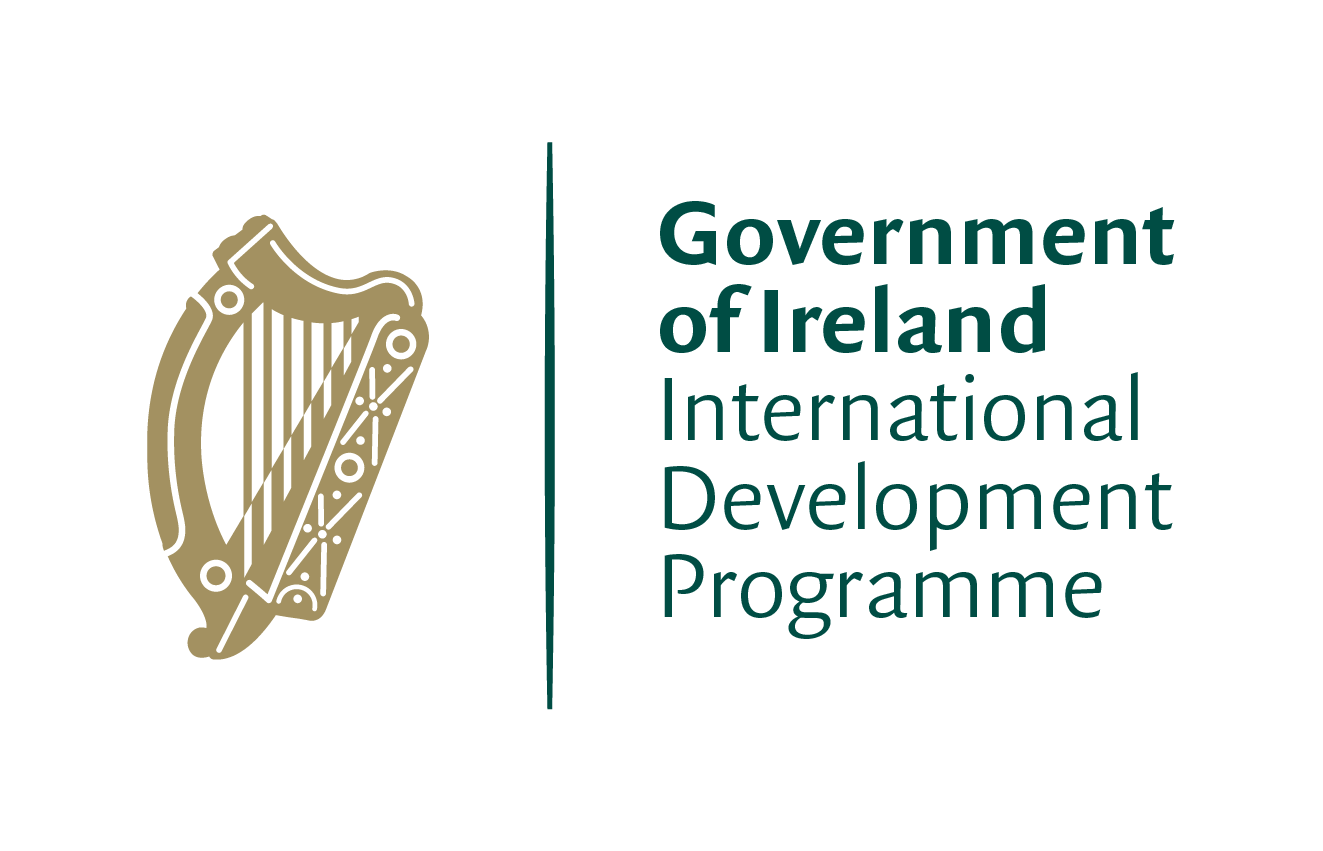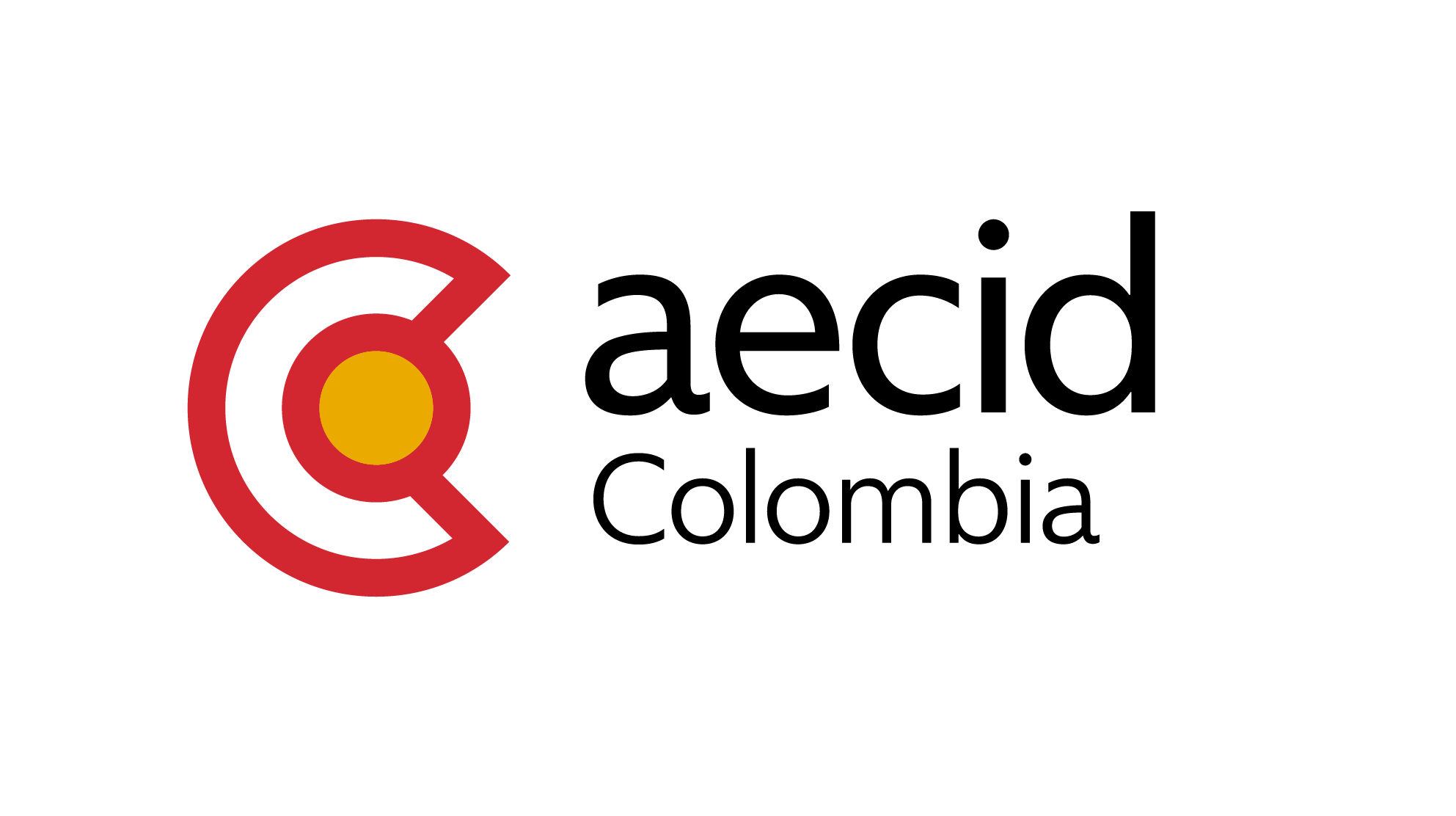By: Lorena Rivera Ocampo
In search of the coveted gold routes in Chocó, a group of Franciscan missionaries arrived in the Colombian Pacific. On 4 October 1648, in order to evangelise the community, the first procession was held on the mighty Atrato River, a practice that almost 400 years later is still carried out in Quibdó and is known as "balsadas", in which the 12 neighbourhoods of the city commemorate the one they affectionately call "San Pacho" with drums, flowers, songs and dances. The celebration has been so popular that in 2012 it was declared Intangible Heritage of Humanity by UNESCO.
The festivities begin on 20 September and for 15 days all sectors of society come together to show their unity and display their comparsas in which various neighbourhood groups sing in unison and make a display of around 15,000 cachés, these are costumes that are made for months with bright colours, feathers, fruits and accessories. The citizens walk a path through the city, while the chirimías play their instruments and enter the neighbourhoods, integrating the whole community into the "jolgorio" as it is colloquially known, no one can be left out.
The LGBT community has been fundamental in the evolution of the fiestas, as Johanna Valoyes, who has been the designer of the San Pacho costumes for more than 12 years, says. "The LGBT community is a great ally, they are a show, people wait for their performance in the fiestas, this opportunity is a reference of growth and empowerment for them," she says. Erlin, a trans woman and activist with the Ebano Diverso foundation, has been involved for more than 20 years in the development of the festivities, she recalls that several years ago they were unable to participate in the parade and the absence of the community was felt in such a way that most of the local media spoke out about it.
The San Pacho festivities are the opportunity for LGBT people to present themselves in society and through their colourful performance they gain respect, the event also articulates this community with the whole social fabric, it is the space they use to demonstrate their intentions to build community together, without distinctions, all as a single unit.
However, not everything is so colourful this year, to be able to participate in the parades it is necessary to start an arduous work of preparation several months in advance and this year, the "rainbow" troupe is in big trouble, less than a month before the beginning of the celebrations they have no budget even for the down payment of the fabrics, so they will not be able to make their costumes. Despite having tried several times to approach government entities in search of financial support, the response has been a profound silence that has condemned them to stay on the sidelines this time. "The saddest thing will be to see all the comparsas except us, who have contributed so much to this festival", adds Erlin with nostalgia.
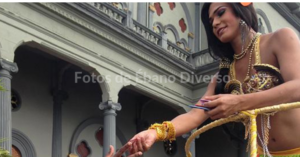
"One fights, fights and fights, even on the verge of being killed without seeing any recognition," he laments. The LGBT community has gone through a long process of expanding spaces in which they have slowly managed to integrate with the other social sectors of Quibdó, "we have gone from seeing a bunch of queers to seeing art and a message of inclusion". But paradoxes are present in the depths of the social environment, although cases of discrimination have been reduced considerably, it is still possible to see the fear of these people to assert basic rights such as health, situations such as presenting themselves in a health centre can be a real nightmare, Even if it is a simple headache, the medical staff stigmatises them, pointing out, in almost all cases, that they are HIV carriers, something that has led people like Erlin to face high-risk situations, as the Chocoan community strongly rejects people living with this clinical condition.
The consequences of being labelled as an HIV carrier can be deadly, one day when Erlin was returning home she saw a couple of young men waiting in front of her house, that afternoon the heat was particularly unbearable so she decided to offer them cold water and they started chatting animatedly in the street, during the conversation, the strangers revealed to her what they were really coming to do in her neighbourhood, a confession that left her frozen for a few seconds. These people were there to kill her because she was said to have infected several citizens with HIV, even though she was not actually infected with the virus.
The people of Quibdó are devoted to San Francisco de Asís, which is why the designer Johanna Valoyes says that "we are all children of God and we have rights regardless of sexual orientation and gender identity, inclusion is part of self-recognition and ownership of who we are, self-respect, in San Pacho we all fit, that is why we are heritage".

